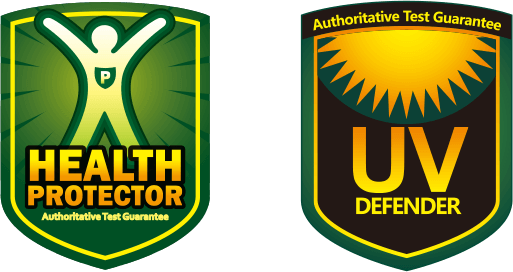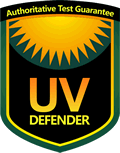Synthetic Soccer Pitch Turf for All Climate Conditions
- 2017-03-23
Sports pitches had been the most popular and can be used for a long time. Artificial grass have grown to be a favorite option for more sports activities like hockey, football, tennis, netball and other athletics games. The substantial use of synthetic lawn is the outcome of several advantages provided by artificial grass.
It was not the case initially, however. In the 1980s, some soccer organizations in European countries like QPR’s Loftus Street, Luton Town’s Kenilworth Street, Oldham Athletics’ Limit Recreation area set up synthetic areas, that they known as plastic material pitch. Owing to their hard surface, the artificial grass surface caused some injuries to the players and so their use was banned by English FA in 1988.
Nowadays, it really is another situation. The developments of whole industry have largely decreased the downsides of synthetic pitches. For example, artificial grass fields can be used in all weather conditions, no matter the dry summers, frozen winters, or heavy rainfall, owing to its excellent drainage system. Besides, soccer artificial grass demands minimum upkeep in comparison with natural grass fields.
The artificial turf for any soccer pitch is made of PE fibers filled with silicon. The artificial fibers mixed with rubber and sand granules to produce a surface which is porous and durable, and regularly consistent. A soccer pitch also includes a ‘shock pad” under the coating that provides gamers excellent playing performance and protection.
The authorization for synthetic grass arrived right after FIFA launched a comprehensive system in 2001. The exam provided guidelines like golf ball bounce and roll, slipping qualities, warmth improvement, shock reduction, tear and wear, and much more. The football artificial grass approved this check and has become broadly approved among various sports activities services around the globe.





 Tel:
Tel:  E-mail:
E-mail: 
